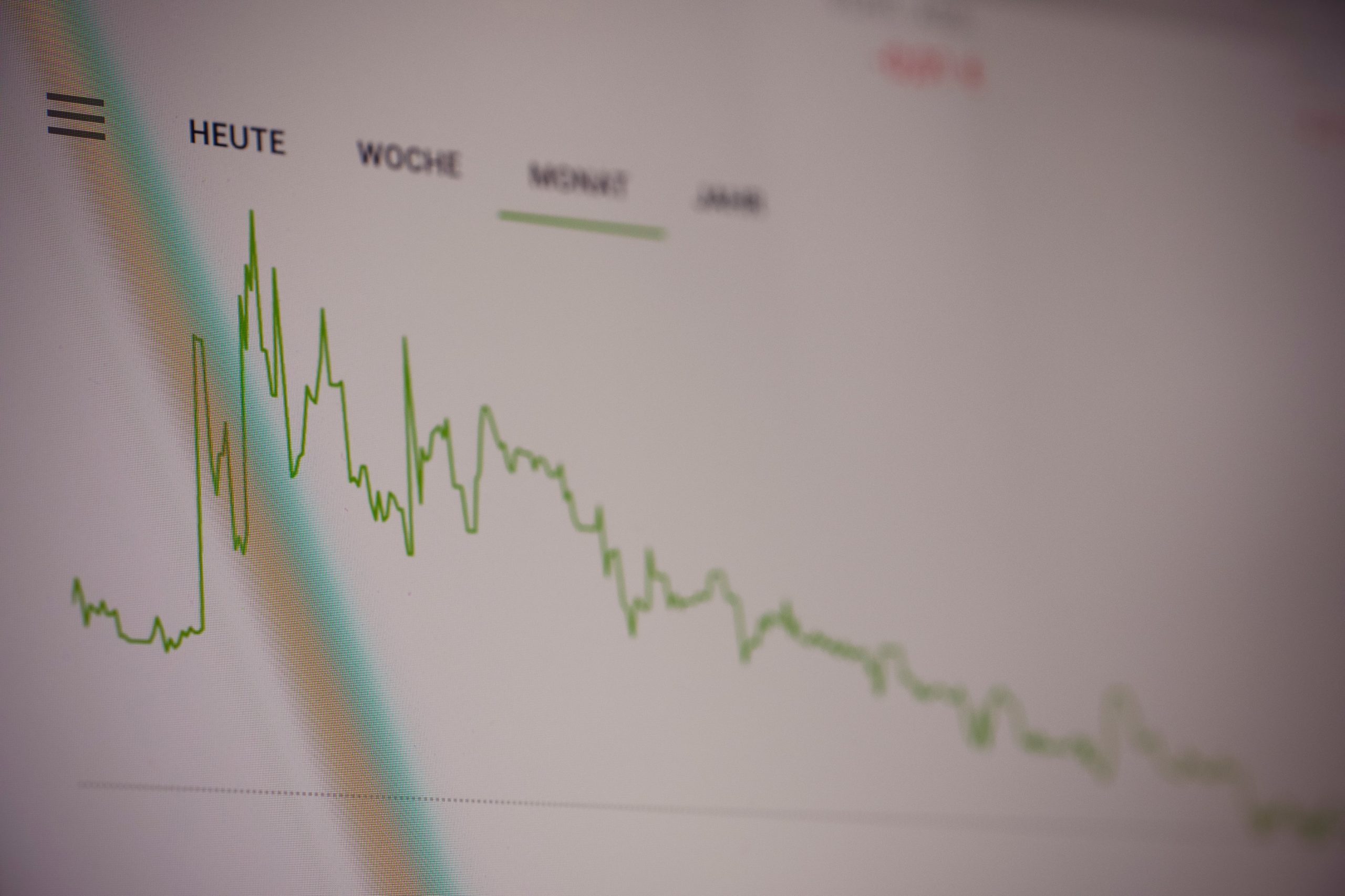Blog
- Finance
- Financial analysis
- Forex for begginer
- Forex for pro-trader
- Fundamential analysis
- News
- Technical analysis
-

Why price action trading is so popular among traders
-

9 simple stock trading strategies to avoid losses
-

Things you should know before opening a brokerage account
-

What is the best way to trade ETFs on the stock market?
